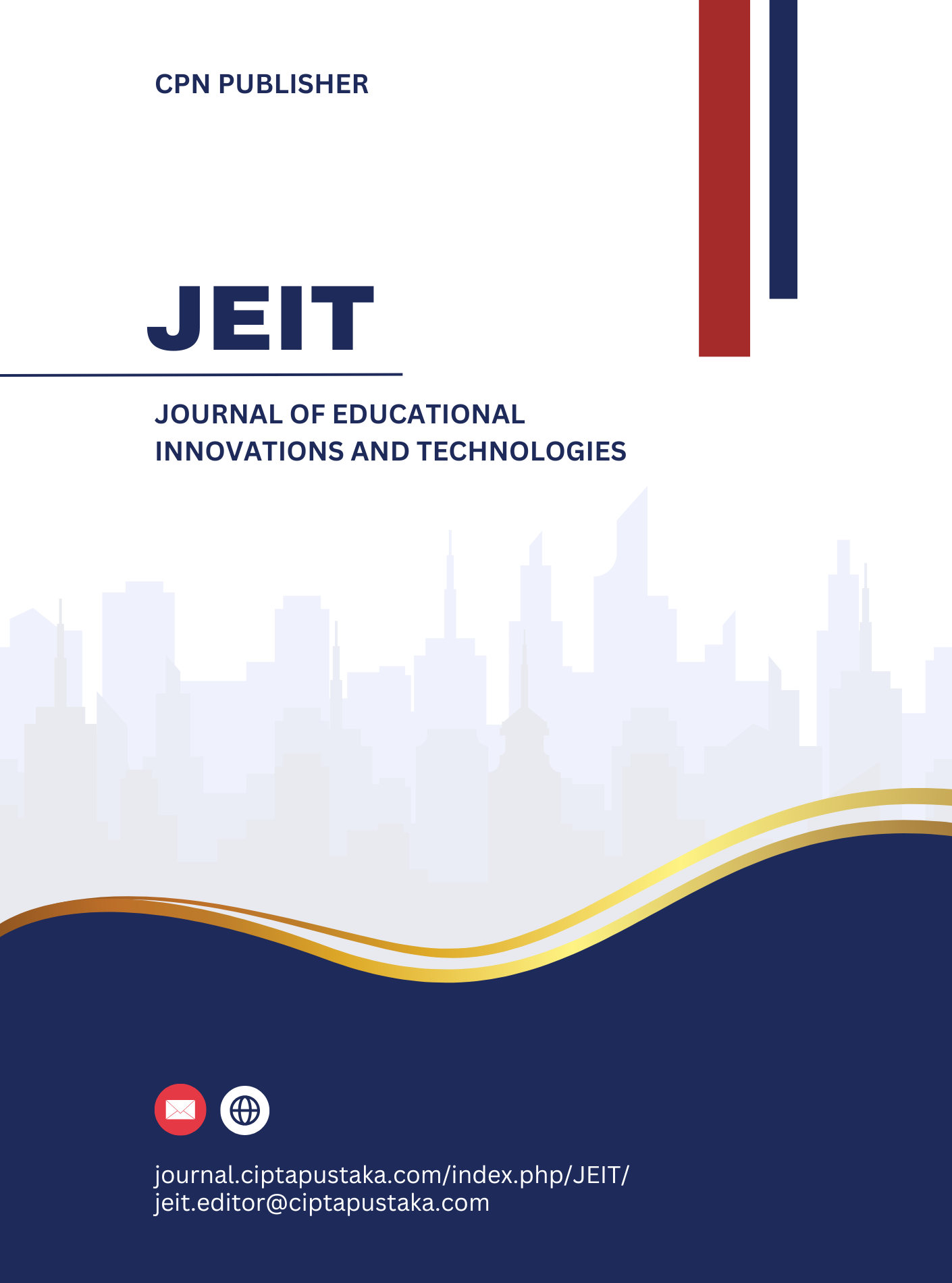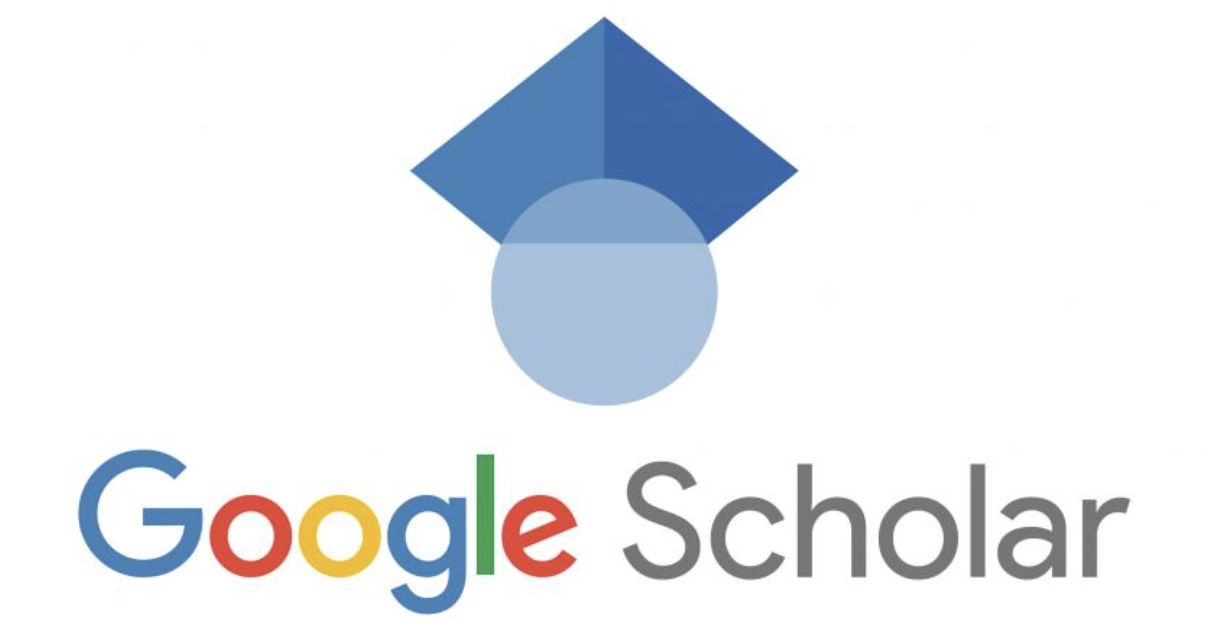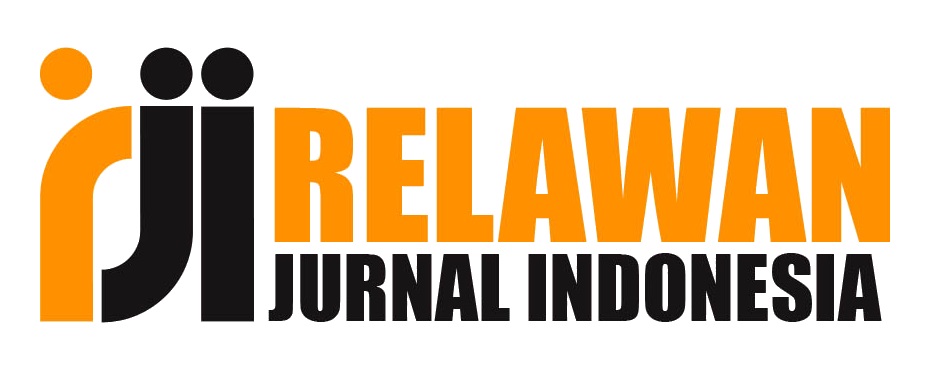An Analysis of Teachers’ Difficulties Teaching Reading to Young Learners
DOI:
https://doi.org/10.63324/jeit.1.1.2025.37Keywords:
Reading Instruction , Young Learners , Teacher Challenges, Instructional StrategiesAbstract
This study investigates the challenges teachers encounter when teaching reading to young learners at SD N 2 Way Dadi. The research was prompted by observed difficulties in delivering effective reading instruction to early-grade students, with the primary aim of identifying and analyzing specific pedagogical obstacles. Grounded in Aryana and Apsara's theoretical framework, the study examines critical aspects of reading instruction including instructional media utilization, teaching strategies, material selection appropriateness, teaching technique efficacy, classroom conditions, textbook quality, and technological resource availability. These interconnected factors collectively influence reading instruction quality and were systematically explored through a descriptive qualitative methodology. Data collection employed in-depth interviews with English teachers and structured classroom observations, while analysis followed the Miles and Huberman model's three-stage process: data reduction, presentation, and conclusion drawing. Findings indicate that teachers face multifaceted challenges predominantly stemming from five key areas: limited access to suitable learning media, ineffective instructional strategies, suboptimal classroom environments, inadequate teaching materials, and insufficient technological support. These constraints collectively hinder optimal reading instruction delivery and student literacy development. The study's significance lies in its contextual examination of reading instruction barriers within a specific educational setting, contributing empirical evidence to the discourse on early literacy education. The identified challenges suggest urgent needs for: targeted teacher training programs, improved resource allocation, and strategic interventions to enhance reading pedagogy. These findings offer valuable insights for educational policymakers and school administrators seeking to improve early reading instruction outcomes. Furthermore, the research highlights potential areas for future studies, particularly regarding innovative solutions to resource limitations in developing educational contexts.References
Aprizani, Y., Ramadani, F., & Novika, H. Sari, A. S., (2023). The relationship between the big five personality traits and self-regulated learning strategies among university students in learning TOEFL preparation. TEFLA Journal, 5(2), 86–93. https://journal.mbunivpress.or.id/index.php/TEFLA/index
Creswell, J. W. (2002). Educational research: Planning, conducting, and evaluating quantitative and qualitative research. Pearson
Eni. (1967). Student English anxiety, 2020. Angewandte Chemie International Edition, 6(11), 951–952.
Ilyosovna, N. A. (2020). The importance of English language.
Nurchurifiani, E., Maximilian, A., Ajeng, G. D., Wiratno, P., Hastomo, T., & Wicaksono, A. (2025). Leveraging AI-Powered Tools in Academic Writing and Research: Insights from English Faculty Members in Indonesia. International Journal of Information and Education Technology, 15(2), 312–322. https://doi.org/10.18178/ijiet.2025.15.2.2244
Punkasirikul, P. (2020). English reading comprehension.
Ranico, V., Asnita, R. N., & Husnaini. (2023). Teachers’ difficulties in teaching reading comprehension of the seventh grade students. Journal of English Education and Linguistics.
Rijali, A. (2018). Analisis data kualitatif Ahmad Rijali UIN Antasari Banjarmasin, 17(33).
Sari, A., S. (2018). Developing English grammar textbook for the students of General English Course (GEC) at Mahesa Institute Pare. University of Islam Malang.
Sari, A. S., & Yuliana. (2022). Pengembangan modul Bahasa Inggris berbasis kearifan lokal prodi matematika STKIP Muhammadiyah Pagaralam. Jurnal Ilmiah Korpus, 6(2), 143–151. https://doi.org/10.33369/jik.v6i2.23943
Sari, A. S., Fadilaturrahmah, F., Kalsum, U., Juliansa, P. R., & Putra, Y. S. (2022). Pelatihan pembuatan video sebagai media pembelajaran menggunakan Kinemaster. Jurnal Media Abdimas, 1(3), 41–45. https://doi.org/10.37817/mediaabdimas.v1i3
Sari, A. S., Lipta, & Marlinda, S. (2024). Enhancing students' reading comprehension through reciprocal questioning. LinguaEducare: Journal of English and Linguistic Studies, 2(1), 107–116. https://journal.ciptapustaka.com/index.php/LEC
Sugiyono, P. D. (2019). Metode penelitian kualitatif, kuantitatif dan R&D. Alfabeta.
Sugiyono, P. D. (2020). Metode penelitian kualitatif. Alfabeta.
Widianita, R. D. (n.d.). Teachers’ challenges in teaching reading comprehension for eighth-grade students at MTs Wahid Hasyim 01 Dau. AT-TAWASSUTH: Jurnal Ekonomi Islam.
Zulianti, H., Hastuti, H., Nurchurifiani, E., Hastomo, T., Maximilian, A., & Ajeng, G. D. (2024). Enhancing Novice EFL Teachers’ Competency in AI-Powered Tools Through a TPACK-Based Professional Development Program. World Journal of English Language, 15(3), 117. https://doi.org/10.5430/wjel.v15n3p117











